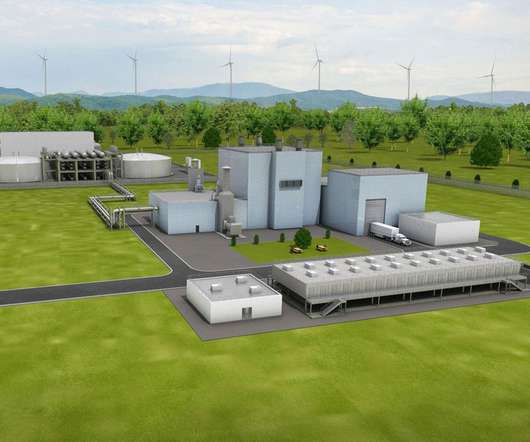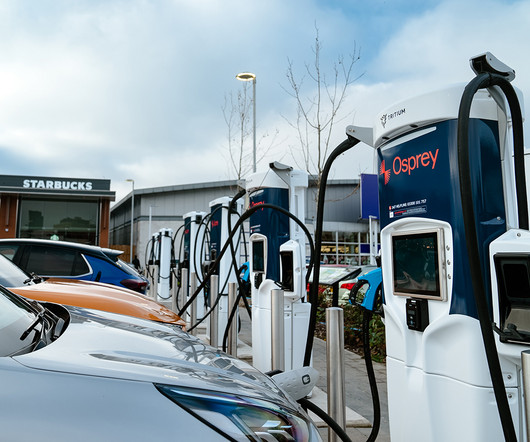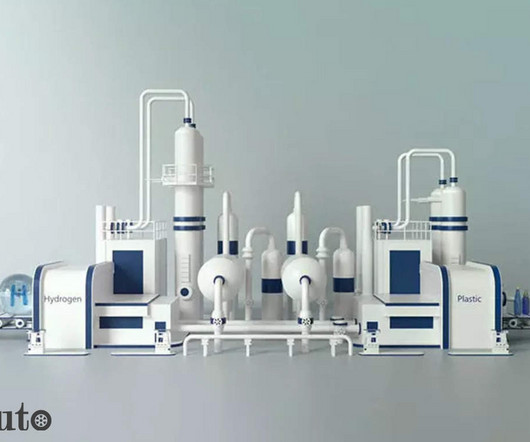Photocatalytic optical fibers convert water into hydrogen
Green Car Congress
APRIL 6, 2020
Researchers at the University of Southampton have transformed optical fibers into photocatalytic microreactors that convert water into hydrogen fuel using solar energy. Computerized tomography of a MOFC, showing buildup of TiO 2 (light blue particles) in the triangular channels. Zepler Institute, University of Southampton.







































Let's personalize your content